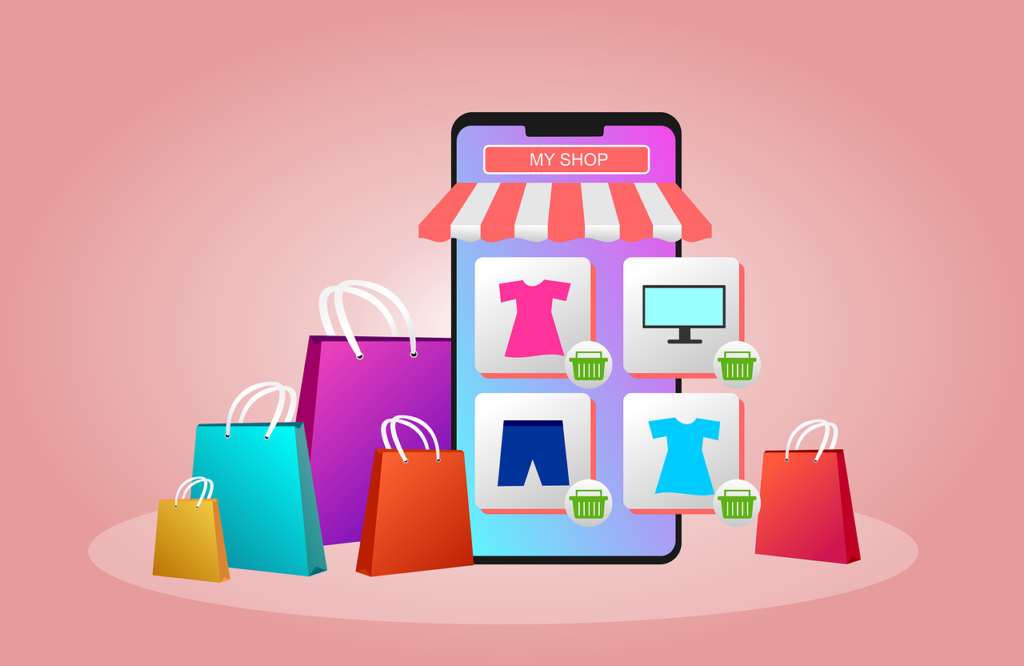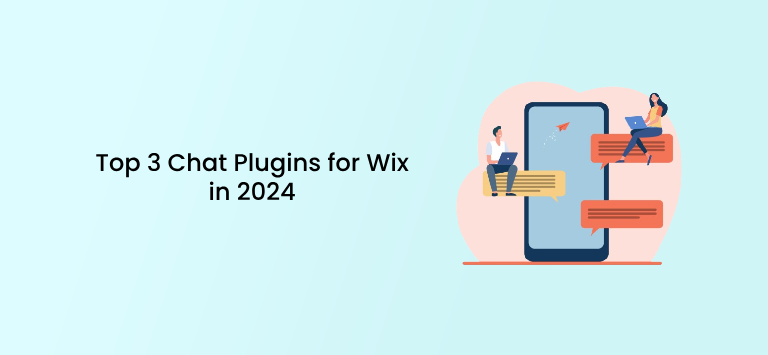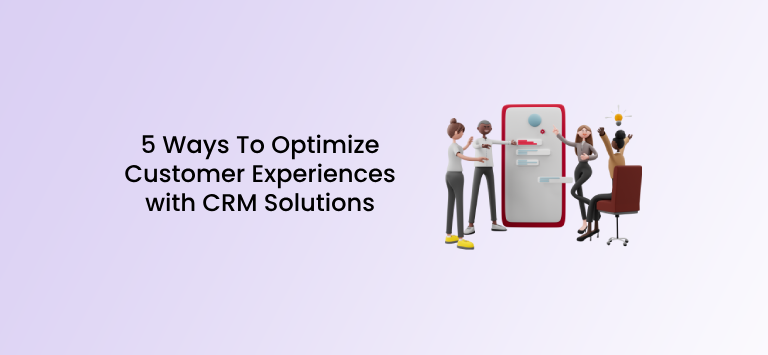By 2022, the SaaS industry is projected to reach a staggering $172 billion in market value. That’s more than double compared to 2018!
Moreover, 78% of businesses will likely run on cloud-based apps alone by the same year.
In other words, the SaaS industry is skyrocketing, and software applications will probably become the norm for most businesses around the globe.
But here’s the bad news: The rise of the cloud-based apps industry means fierce competition.

By 2012, SaaS companies had less than three competitors on average. By 2017, that number jumped to around nine.
The good news is that 2022 will likely be a year of innovation for SaaS businesses. New trends appear, and you need to capitalize on them to get a competitive edge.
That said, let’s look at what technology will bring us this year.
1. Artificial Intelligence
It’s pretty safe to say that AI is already making waves across various industries and will probably grow even more in the future. In fact, the AI market size is estimated to reach $997.77 billion by 2028.
So what does it have to do with SaaS companies?
For starters, there’s personalization. AI can enhance the level of customization of SaaS applications for users.
AI enables you to automatically alter the app’s interface based on user behavior or place frequently used features in more visible parts of the page.
Second, AI can save you a lot of time and money, as it allows you to automate various tasks, like responding to customers’ questions.
Instead of having a few customer support employees on the line 24/7, you could integrate a chatbot that will handle users’ questions.
Third, you can use AI to gather and analyze data regarding consumer interests, intent, and behavior and even collect various data points about other companies. By adding activation functions to neural networks, your AI model can better learn compex pattern sin your data.
Lastly, there’s security. With AI automation and machine learning, MLOps services, SaaS companies can improve their security by automatically identifying and eliminating potential threats.
2. Machine Learning
Although AI and Machine Learning (ML) are often used interchangeably, ML is a subset of AI.
AIs are programs that can automatically take action based on various set factors, whereas ML are algorithms that progressively improve their performance as long as they’re exposed to data.
Sure, you can implement AI in your strategy without needing to dabble in ML, but they can bring various benefits to your SaaS company when coupled together.

For instance, you could improve the consumer communication process by adjusting the tone of voice or language based on customer behavior.
You can also allow the software to learn from your customers’ preferences, habits, and needs to enhance the user experience.
Take Netflix or TikTok, for example. With the help of ML technology, they can provide users with personalized content based on their viewing history. Thus, these platforms manage to keep their user base engaged at all times.
3. Mobile SaaS
People spend around 4.2 hours each day using mobile apps.
That said, although most SaaS businesses treated mobile versions of their products like more of an afterthought, this will likely no longer be the case.
From the consumers’ perspective, a mobile SaaS product gives them the ability to access specific features at any given time, in any given place, like tracking performance metrics, for example.
From a business’s point of view, mobile SaaS apps can help gain a competitive edge.
Suppose one of your main competitors doesn’t have a mobile solution, or if it does, it’s lackluster in terms of performance, user interface, or functionality.
In that case, you could attract some of their customers by creating an app specifically designed for mobile devices.

What’s more, consumers might be willing to pay extras fees for getting access to your app on mobile devices.
Also, mobile SaaS products may improve customer retention. That’s because a well-designed mobile application will improve customer satisfaction noticeably.
Additionally, going mobile enables you to establish a stronger connection with your customers. For example, you could send users updates or alerts via push notifications.
Consequently, you’ll always keep your customers informed, bringing them more value.
But again, you shouldn’t treat mobile SaaS products like an afterthought.
In other words, you should build it from the ground up rather than taking the desktop version and cutting features down to fit mobile screens – just like designing websites.
Experts from a Chicago website design company suggest adding the essential features first, then going from there. This way, you’ll manage to optimize both user experience and performance.

4. Vertical SaaS
In contrast to horizontal SaaS, which provides solutions to multiple industries, vertical applications usually focus on a single niche. Some examples include healthcare, logistics, or retail analytics software.
So, where’s the benefit in that?
Vertical SaaS applications are usually more cost-effective and highly flexible.
That’s because focusing your marketing efforts on a smaller, more targeted audience will result in better conversion rates.
Following the same idea, focusing on a single niche and targeting smaller audiences will give you access to precise data regarding industry trends and customer behavior.
Consequently, vertical SaaS companies can quickly adapt to customers’ needs and changes in the market.
5. Micro SaaS
Micro SaaS is similar to vertical SaaS. However, micro SaaS businesses can operate on an even smaller scale.
Usually, these businesses are run by a small team or single person and aim to address a specific issue within a particular niche, with minimal funding.
Consequently, micro SaaS businesses experience high-profit margins, reduced risks, and reduced expenses.
This makes micro SaaS providers an excellent option for small businesses, as they generally lack the budget and aim to use software for a specific need.
6. Low-Code Apps
As the name suggests, low-code apps are applications built with minimal coding, which is one reason why this trend will likely gain popularity in 2022.
Less code means fewer costs, and fewer costs mean designers and developers will have more time and money to innovate their products.
Furthermore, low-code apps allow businesses to create and release minimum viable products (MVPs) quickly. Thus, SaaS companies have the opportunity to test multiple variants at a quicker pace.
Lastly, low-code applications are easier to maintain. Since there’s little code to deal with, developers won’t need to worry too much about fixing bugs.
Building a low-code application can be done in two ways: white labels and low-code platforms.
White labeling is when a SaaS company builds a fully-fledged software product and sells it to another business to customize it to its needs.
On the other hand, low-code platforms are collections of tools that allow developers to build applications via modeling and graphical interfaces.
In other words, writing thousands of lines of code is boiled down to a simple drag-and-drop procedure.
7. Integrations
Integration is merging SaaS solutions to separate computer systems or apps into a more extensive, individual system. This allows each key to work in harmony as a result.
Without integration, consumers need to appeal to other third-party solutions, complicating the process and worsening the user experience.
Not to mention that SaaS companies risk losing out on potential customers.
Consequently, more and more SaaS companies will most likely shift their attention toward enhancing their integration capabilities.
8. Migration to PaaS
Given that the SaaS industry is booming and competition is getting fierce, companies will prioritize customer retention over customer acquisition.
That said, there’s a good chance that SaaS providers will shift to the platform-as-a-service model (PaaS).
This is a cloud computing model where a third-party provider gives users access to software and hardware tools over the internet such as desktop as a service solution. In contrast to SaaS, PaaS offers users more control in terms of customization.
Consequently, PaaS is mainly used by application developers.
For instance, the fashion brand ASOS used Microsoft’s Azure AI and Machine Learning services to provide customers with a personalized and mobile-first experience.
There are multiple reasons why the PaaS model is gaining popularity:
For starters, consumers will get to customize their apps without needing to spend money on hardware and handle maintenance. This speeds up the development process and gives businesses more room for creativity or focus on other activities.
Not to mention that employees can work from anywhere by eliminating the need for expensive hardware.
Secondly, you might have an easier time scaling your business, as PaaS offers are generally flexible and accessible.
Lastly, PaaS providers invest heavily in security and roll out updates consistently.

Final Words
All in all, 2022 will bring significant changes and opportunities in growth for SaaS companies.
Most notably, AI and Machine Learning algorithms will become a significant part of the cloud-based industry. They allow companies to automate tasks, gather and analyze data, provide personalized experiences, and improve security.
Also, many SaaS companies will likely operate on a smaller scale.
Vertical and micro SaaS solutions allow businesses to narrow their audience and address specific issues. Reduced marketing costs will, consequently, increase profit margins.
Speaking of low costs and high profits, low coding will likely also experience a surge in popularity.
Author’s Bio
Rick Seidl is a digital marketing specialist with a bachelor’s degree in Digital Media and Communications, based in Portland, Oregon. He is currently quenching his thirst by writing about digital marketing and business strategies for Find Digital Agency.









